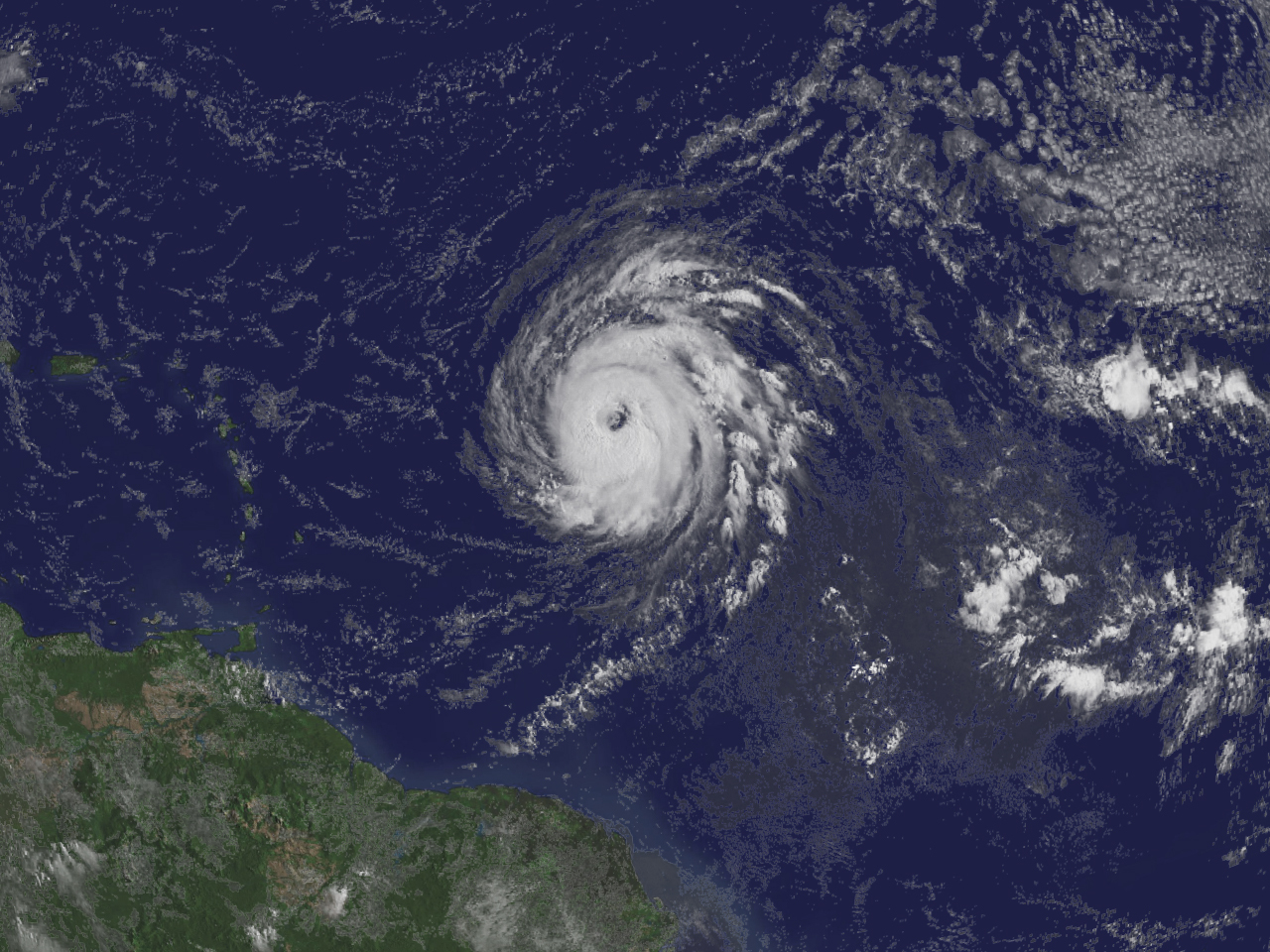Kansas farmers have more than doubled the insured acres in the state since 1989, tripling their dollar amount of coverage during the same time, according to a recently released study.
The Associated Press reported that so much Kansas farmland is now insured that the state even surpassed Texas in the number of acres covered in 2002, 2003 and 2004, with nearly the same amount of dollar coverage, according to a study by G.A. “Art” Barnaby Jr., an agricultural economist at Kansas State University.
“Given the weather we have had the last few years, especially in western Kansas, it is fortunate those coverages did go up,” Barnaby said.
But, he added, crop failures and years of drought, like Kansas has had, lowers farmers’ average yield, which in turn lowers future coverage guarantees. Insurance rate premiums also increase.
“But clearly without those insurance dollars, it certainly would have been a much greater financial impact on Kansas agriculture,” Barnaby said.
Across the nation, farmers have also doubled the number of insured acres and have more than quadrupled the dollar amount of coverage between 1989 and 2005, said James Callan, spokesman for the Agriculture Department’s Risk Management Agency.
The agency is now looking at initiatives to address multiyear crop failures and is looking at the possibility of extending insurance coverage to pastures, forages and rangelands, Callan said.
Barnaby’s study documents the extent of recent crop losses suffered by farmers, using each state’s loss ratio – premiums collected compared with the amount of losses paid out – as one measure.
Since the federal crop insurance program was reformed in 2000, the average number of acres insured in the nation each year went up from 153 million acres to 215 million acres, Barnaby said.
Crop insurance reform was the driving force behind the increase in coverage, Barnaby said. The 2000 remake expanded federal subsidies to cover more of the premium. That allowed more farmers to not only insure more acres but do so at higher levels of coverage.
Among the thousands of farmers who upped their coverage when the crop insurance program was reformed in 2002 was Hoisington grain grower Dean Stoskopf. Premium subsidies allowed him to up his coverage level, he said. That added coverage helped when drought decimated his grain sorghum crop in 2003 and 2004.
“It doesn’t cover all our costs, but it helps give us some protection where we have some coverage – and helps us keep going if we have a bad loss,” Stoskopf said. “Crop insurance isn’t perfect, but it helps a lot when you have some serious losses.”
In 2002, the federal crop insurance program paid out $4.1 billion to the nation’s farmers, up from $3 billion the previous year. Half those payments were for losses due to drought and hot winds, Callan said.
“So the program is responding in a not insignificant way, but we continue to search for solutions to provide further protection,” he said.
States with the highest crop insurance loss ratios in the past five years included Nevada, Massachusetts, Wyoming, Montana, Oregon, Connecticut, Utah, Colorado, Alaska and Kansas, according to Barnaby’s study.
In Kansas, the five-year loss ratio was 1.46. The state’s farmers suffered their biggest losses in 2002, when the state recorded a loss ratio of 2.64 – its largest loss since 1989, when it was 3.46, according to the study.
“Without crop insurance, the Kansas agricultural sector would have been in some financial difficulty with four poor crops out of the last five years,” Barnaby wrote in the study.
His analysis of insurance data for 2000 through 2004 shows Kansas had 78 million insured acres for $8.5 billion. Kansas farmers, bolstered by $502.9 million in federal insurance premium subsidies, helped contribute to the $916.8 million in insurance premiums paid into the program. The agency paid out $1.33 billion to Kansas farmers for losses during the same period.
Nationwide, farmers have insured 1.07 billion acres for $195.7 billion in coverage in the past five years. They paid $16.03 billion in premiums, including the $8.98 billion government premium subsidy during that time. The government paid out $16.05 billion to cover losses incurred by farmers across the nation during the same period, the study found.
Copyright 2005 Associated Press. All rights reserved. This material may not be published, broadcast, rewritten or redistributed.
Was this article valuable?
Here are more articles you may enjoy.

 Family of Canadian CEO Killed in Helicopter Crash Files $35 Million Lawsuit
Family of Canadian CEO Killed in Helicopter Crash Files $35 Million Lawsuit  Trump’s Tariffs Threaten to Endanger the Cheap American Car
Trump’s Tariffs Threaten to Endanger the Cheap American Car  Novogratz’s Galaxy to Pay $200 Million in NY Luna Settlement
Novogratz’s Galaxy to Pay $200 Million in NY Luna Settlement  An Unusually Active Hurricane Season Is in Store for the Atlantic
An Unusually Active Hurricane Season Is in Store for the Atlantic 